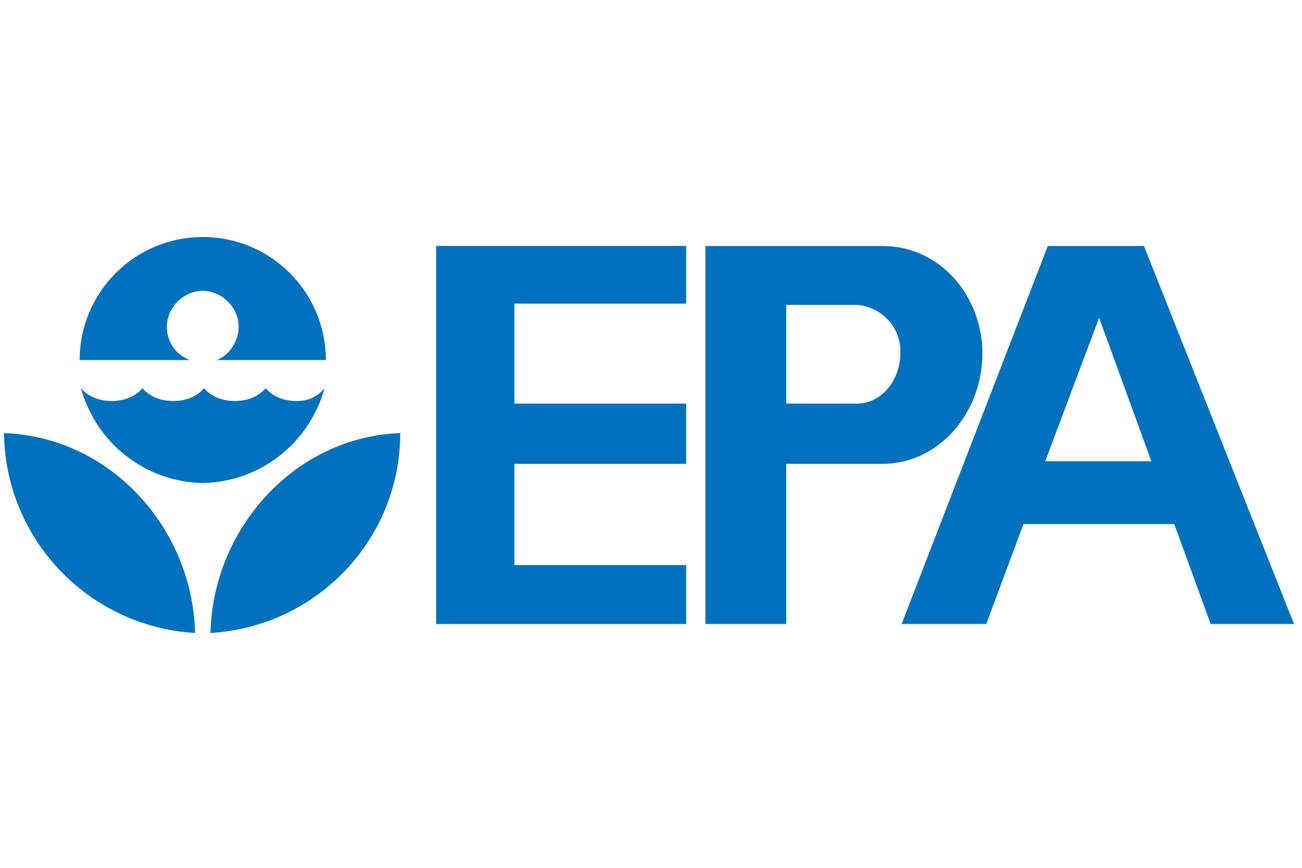Submitted by the U.S. Environmental Protection Agency
The U.S. Environmental Protection Agency and Equilon Enterprises LLC — doing business as Shell Oil Products US — have agreed on a legal settlement resolving violations of the federal Clean Air Act stemming from a February 2015 release of toxic vapors from the company’s Puget Sound Refinery in Anacortes, Washington.
Shell paid a penalty of $191,000.
In the Consent Agreement and Final Order filed in late December 2020, EPA alleged that during maintenance activities on Feb. 20, 2015, Shell employees deviated from the facility’s operating procedures which resulted in the release of un-combusted toxic vapors. Shell calculates its errors caused the release of about 700 pounds of un-combusted air pollutants including hydrogen sulfide, dimethyl sulfide, mercaptans, pyrophoric iron, and benzene. The release lasted from about 1-4:30 p.m.
In the stagnant weather conditions, the vapors did not disperse and caused strong odors to reach the Swinomish Indian Reservation, the City of La Conner, and nearby areas. More than 550 people in these areas were affected by the release, some of whom sought medical attention.
During an inspection following the release, EPA identified several violations of the Risk Management Program requirements of the Clean Air Act, including violations of the Hazard Assessment Requirements, Process Safety Information Requirements, Operating Procedure and Management of Change Requirements, and Mechanical Integrity Requirements. The Clean Air Act’s Risk Management Program requires Shell to develop and implement a Risk Management Plan and program to detect and prevent or minimize accidental releases and to provide a prompt emergency response to any such releases to protect people’s health and the environment. Shell has corrected the violations.
In addition to the EPA penalty paid by the company, Shell paid penalties of over $420,000 to the Northwest Clean Air Agency and the Washington Safety and Health Agency for violations of local and state environmental and worker safety regulations related to the February 2015 release and investigations resulting from that release.
This settlement falls under EPA’s Chemical Accident Risk Reduction National Compliance Initiative, an effort focused on reducing the risk to human health and the environment by minimizing the likelihood of chemical accidents.



